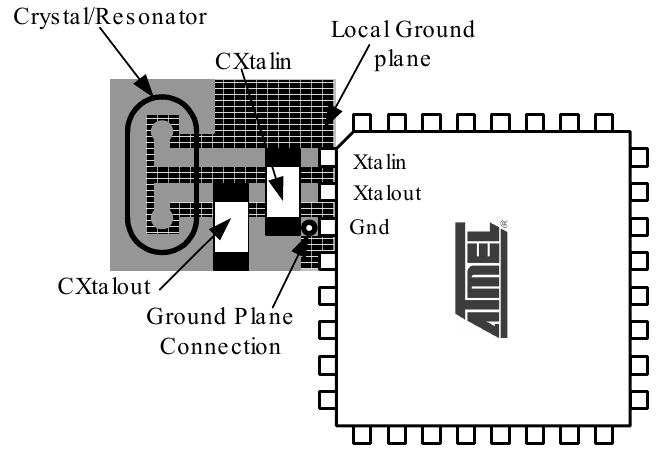I'm designing an Atmega328P-AU based WiFi development board for my school project, and as you know, crystal oscillators may take some effort to layout, especially when we have a WiFi module. I've been reading AVR PCB LAYOUT for OSCILLATORS practice file, but I still don't know if my design is correct. Any advice or suggestion is appreciated!
EDIT 1:
Just renamed the top plate as GND:

EDIT 2:
Changed capacitor's position:

EDIT 3:
Reduced length of wire that connects XTAL1 and XTAL2 to MCU



